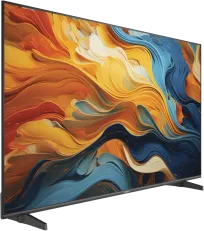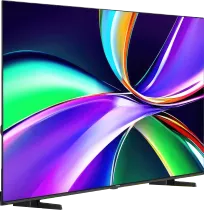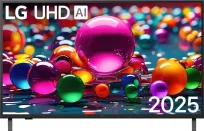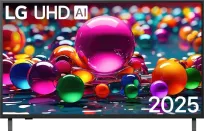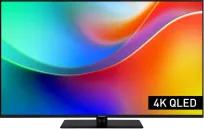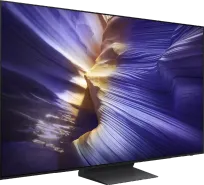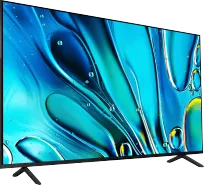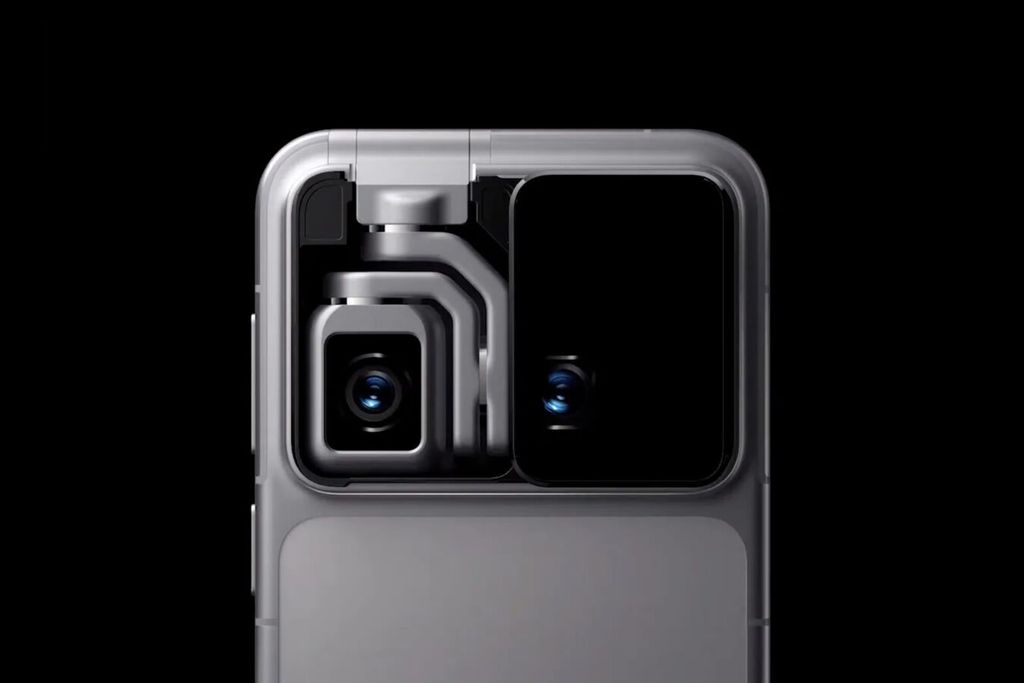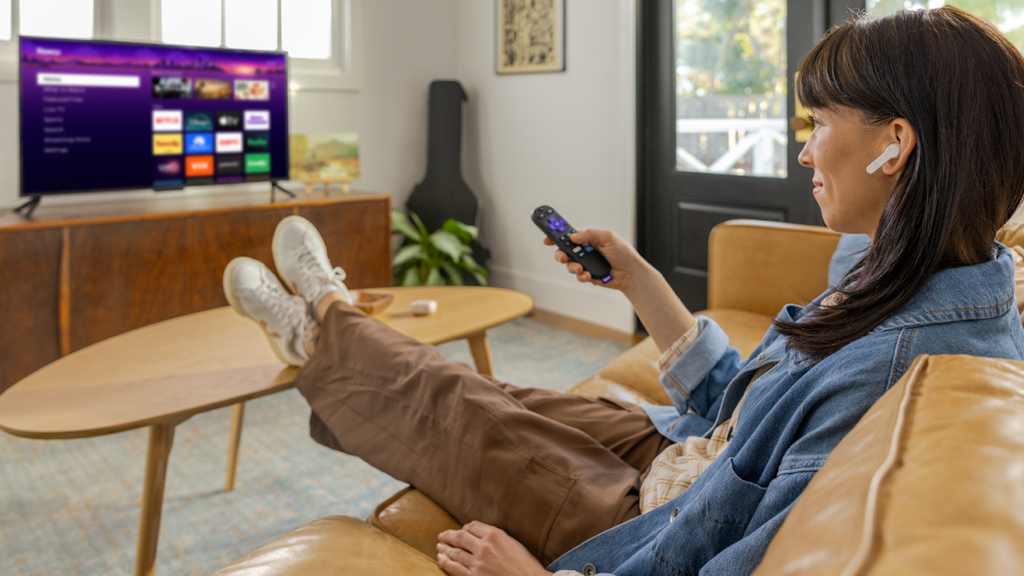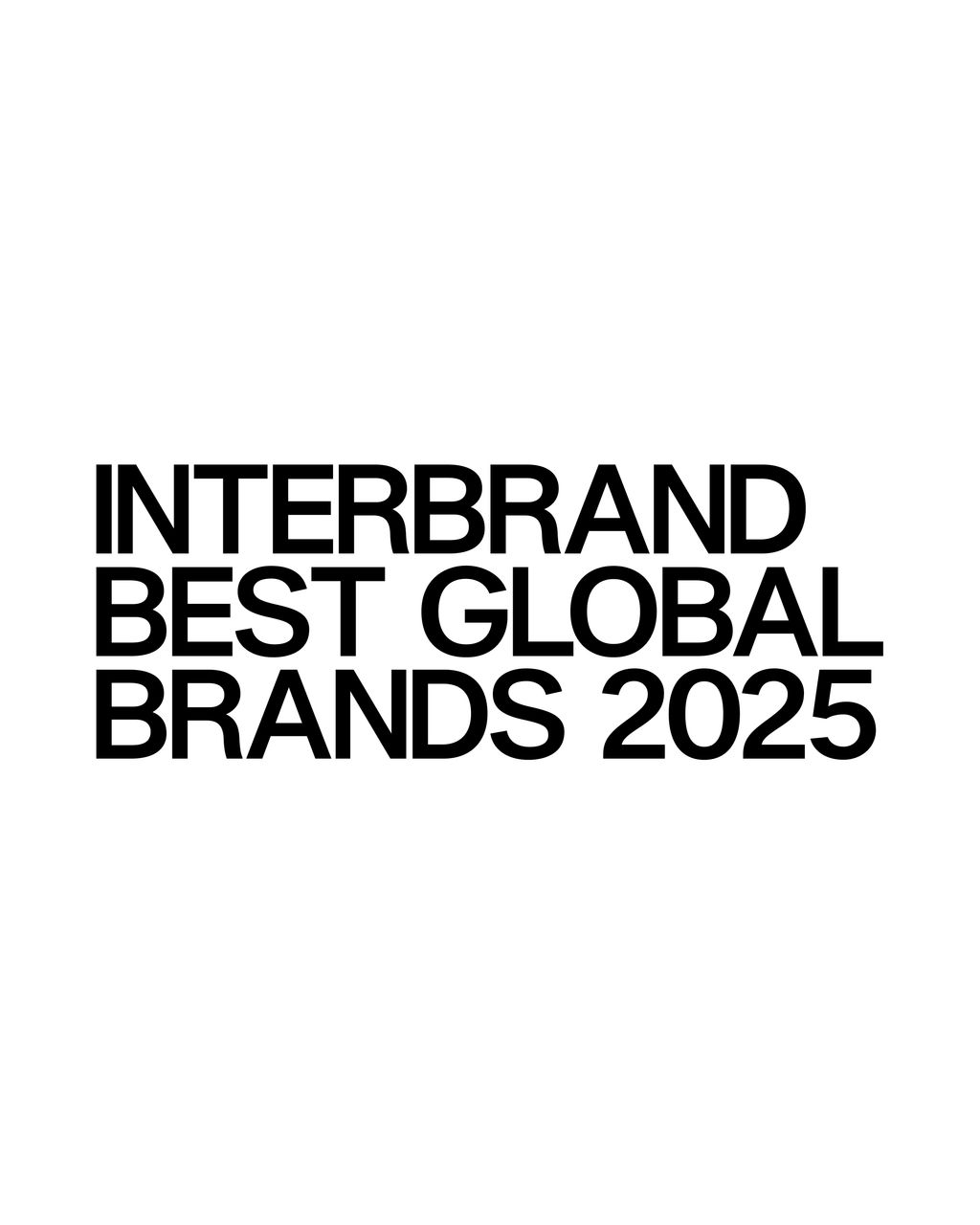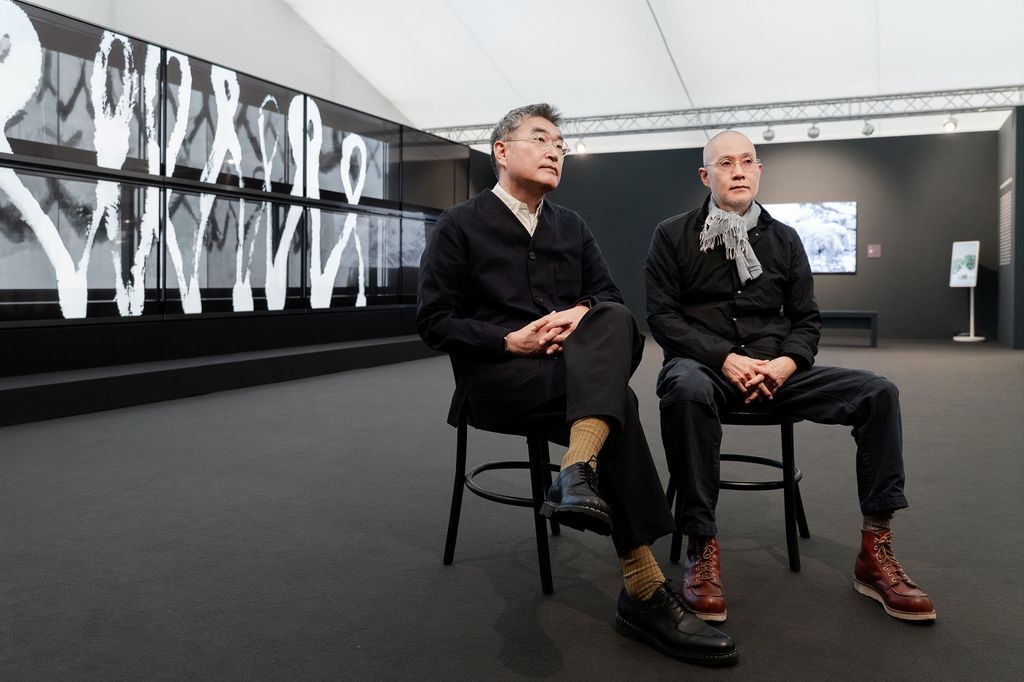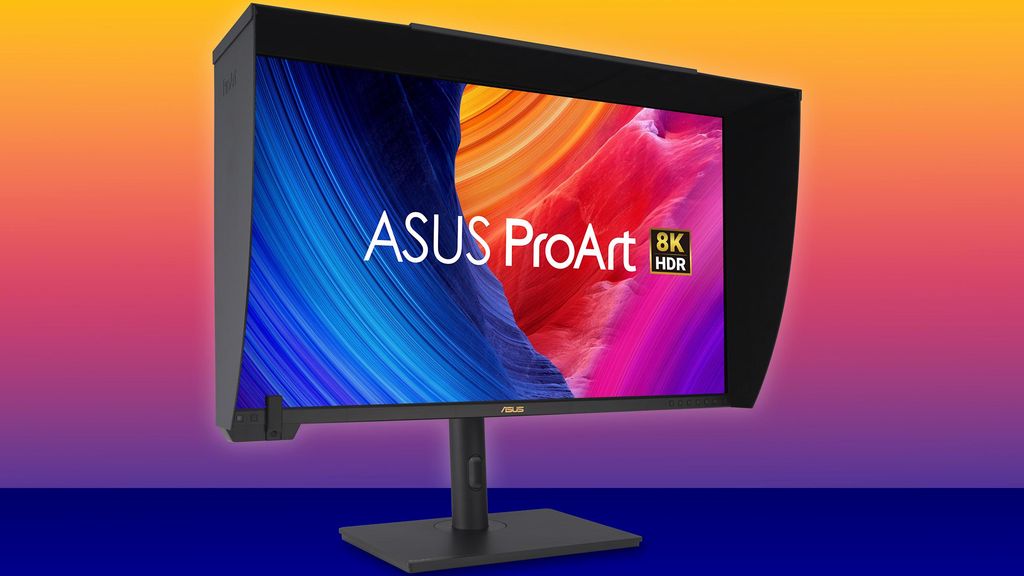
19 years of domination may come to an end...
Samsung has held the top position in the global premium TV market for nearly two decades — and while the company continues to lead, the competition is not only catching up but is almost surpassing it. The latest report from Counterpoint Research (Q1 2025) shows that the Chinese brands Hisense and TCL are no longer playing for second place. They are seriously threatening the number one position.
Growths That Cannot Be Ignored
Over the past year, Hisense increased its revenue in the premium TV segment by as much as 87%, while TCL recorded an equally impressive growth of 74%. Both brands simultaneously significantly strengthened their market position, noting a noticeable jump in their share of global shipments. Hisense's share grew from 14% to 20%, while TCL increased its share from 13% to 19%.
Similar changes are evident in the revenue structure. Hisense improved its result from 13% to 17%, and TCL from 13% to 16%. The report did not provide exact data for Samsung, which is telling in itself. Meanwhile, LG, which already lost its position as the runner-up last year, did not record any noticeable growth during this period.
Hisense Aims for the USA, Then the World
It's not a coincidence. Already in November 2024, Hisense announced that it intends to dethrone Samsung. The plan? First, the American market, where the Korean brand is still strong, and then taking over the global leadership position. And looking at the growth rate — these are not just empty PR promises, but a very concrete expansion strategy.
TCL operates less flamboyantly, but just as effectively. It systematically builds its global presence, and a 6 percentage point year-over-year increase in the premium segment is a strong signal for the entire industry.
Samsung has opted for OLED, but that is not enough
One of the reasons for Samsung's weakening position may be its change in technological strategy. The company abandoned the aggressive development of Mini-LEDs in favor of OLEDs. By 2023, Samsung was the leader in Mini-LED TV sales, but after the debut of its own OLEDs (finally) — it lost its edge. By 2024, TCL surpassed it. Now the same is being done by Hisense and Xiaomi.
It is worth noting: in 2024, for the first time, Samsung sold more OLEDs than Mini-LEDs. It still develops the Neo QLED line with Mini-LED, but it is OLEDs that are positioned as its flagship products. The problem is that OLEDs, especially in large sizes, still cost significantly more than competing Mini-LEDs.
Chinese Brands Compete on Size and Price
At the same time, what consumers want has changed. TVs larger than 75 inches are gaining strength, and Hisense and TCL are perfectly positioned to take advantage of this wave. They offer large sizes at prices that do not deter customers. Mini-LEDs from these brands are increasingly being chosen over OLEDs—not because they are "better," but because they are bigger for the same money.
Counterpoint reports that just in the last year:
shipments of premium TVs increased by 79%
revenues in this segment increased by 59%
But this growth has not gone to Samsung or LG. Most of these gains have been captured by Chinese manufacturers.
Mini-LED cheaper, OLED still luxurious
Bob O’Brien from Counterpoint explains it quite simply:
“MiniLEDs and OLEDs compete at similar price points. However, due to the differences in production costs of OLED and LCD, the customer has to choose: a smaller OLED or a larger MiniLED. And more and more often they choose the larger screen.”
This explains why brands like Hisense, TCL, or Xiaomi are growing, while Samsung is not. Because while OLEDs offer great quality, consumers have started to focus mainly on… the diagonal. The “wow” factor of an 85-inch screen matters more than perfect black.
Samsung is still a leader — but for the first time in years, they cannot be sure of that. Chinese brands have a clear plan, an aggressive pricing strategy, and increasingly better technologies. And customers? They are becoming less loyal to logos, more interested in how many inches and what quality they get for a specific amount.
If nothing changes, 2026 may be the first year that Samsung relinquishes the throne in the premium TV market. And that would be a big change in the global consumer electronics puzzle.
Source: hdtvtest.co.uk
